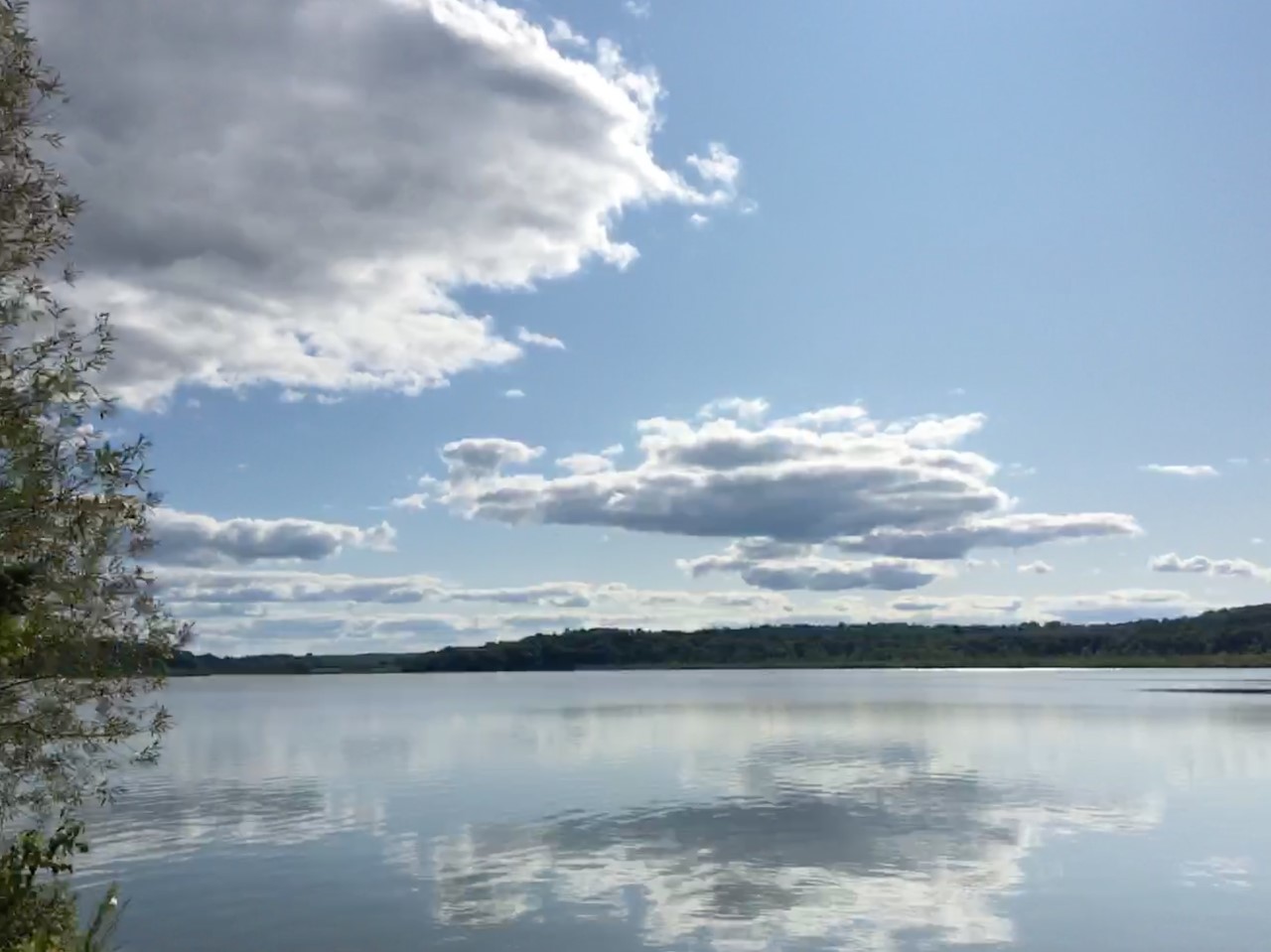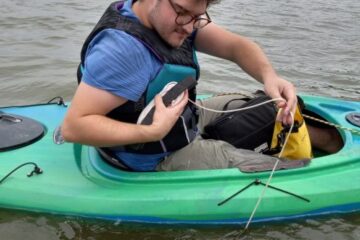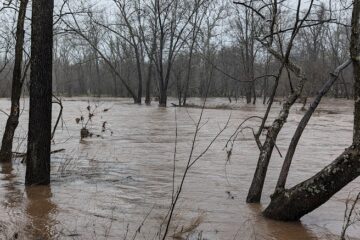 A plan to improve water quality in Budd Lake has been approved by the New Jersey Department of Environmental Protection (DEP). Raritan Headwaters (RHA) partnered with the Rutgers Cooperative Extension Water Resources Program and Mount Olive Township to develop the “Budd Lake Watershed Restoration and Protection Plan.”
A plan to improve water quality in Budd Lake has been approved by the New Jersey Department of Environmental Protection (DEP). Raritan Headwaters (RHA) partnered with the Rutgers Cooperative Extension Water Resources Program and Mount Olive Township to develop the “Budd Lake Watershed Restoration and Protection Plan.”
Budd Lake is New Jersey’s largest naturally-formed lake, covering 374 acres at the headwaters of the South Branch of the Raritan River. In the mid-1800s Budd Lake became a favorite summertime playground, offering swimming, boating and fishing; today it is also a source of drinking water for 1.8 million downstream residents. However, its water quality has been significantly degraded over the years by pollutants washed into the lake by stormwater runoff.
Funded by a DEP grant, the plan will serve as a blueprint for multiple actions to improve conditions in the lake. It will also inform climate adaptation planning for Mount Olive Township.
Dr. Kristi MacDonald, RHA’s science director coordinated the development of the plan with a goal to capture and filter stormwater upstream of the lake so that water quality improves over time, making it less prone to Harmful Algal Blooms (HABs) and a much cleaner place for fishing, boating, and swimming.
Budd Lake has suffered from a double-whammy in recent decades. Sprawl development reduced the amount of open land near the lake, and climate change has brought more frequent and intense storms, as well as warmer temperatures that heat up lake water in the summer. With fewer forests and wetlands available to soak up rainfall, a larger volume of stormwater is funneled toward the lake, picking up contaminants along the way.
Among the pollutants carried by stormwater are nutrients from fertilizers, bacteria from septic systems and animal waste, pesticides, road salt, petroleum residue from roads, and sediments.
The plan calls for building “green infrastructure” – including rain gardens, bioswales and other natural means – to capture and filter stormwater in the watershed surrounding Budd Lake. It also explores other measures, such land preservation, installing treatment devices at stormwater outfalls to the lake, replacing impervious surfaces with porous surfaces, and building floating islands of native plant vegetation that capture nutrients in the lake, particularly phosphates.
Whatever we put on the land or flush down the drain can potentially end up in our streams and lakes. That means we all play a part in protecting our water, and that includes the residents and businesses in the Budd Lake watershed. To view the plan, visit www.raritanheadwaters.org/maps-data/ and scroll down to “Projects.” Now that the Budd Lake restoration plan is written and approved, Raritan Headwaters will be working with the New Jersey Highlands Council and Rutgers on similar restoration plans for other sections of the North Branch, South Branch and Black River/Lamington River within the Highlands region.



